17 US Airports Travelers Say Are The Absolute Worst

Flying is already a hassle—tight schedules, security lines, and the general chaos of travel. But add in a frustrating airport, and your trip can go downhill before it even begins.
Across the U.S., a few notorious hubs stand out for all the wrong reasons: never-ending waits, baffling signage, and a serious lack of decent food or places to relax. Ever found yourself wondering, “How is this place still operating like it’s 1995?” You’re not alone.
Here are the U.S. airports that travelers love to hate—and for good reason.
1. LaGuardia Airport (LGA) – New York
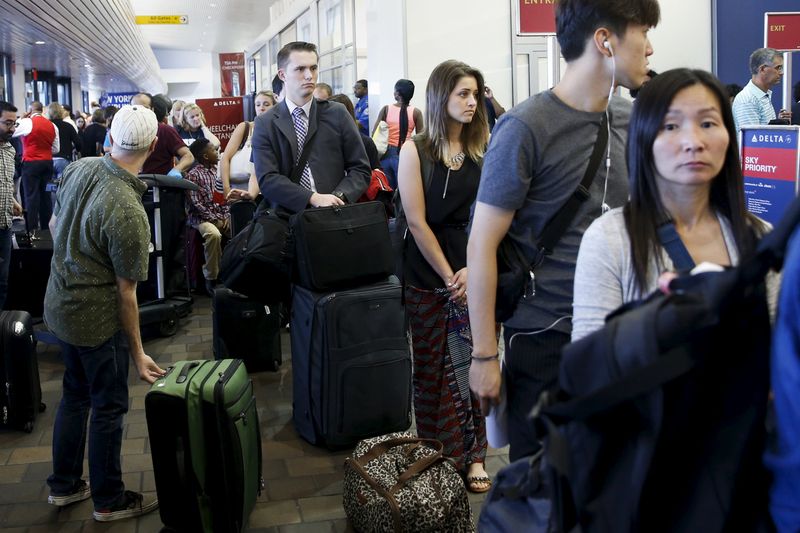
When you think of airport nightmares, LaGuardia probably comes to mind first. This Queens-based hub has been called everything from a third-world country to an embarrassment by politicians and travelers alike.
The cramped terminals feel like they haven’t been updated since the 1960s. Long security lines snake through narrow corridors while passengers squeeze past each other with oversized carry-ons.
Though renovations are underway, many areas still feature low ceilings, poor signage, and limited seating. Flight delays happen frequently due to the airport’s outdated air traffic control system and weather-related issues.
2. Newark Liberty International Airport (EWR) – New Jersey
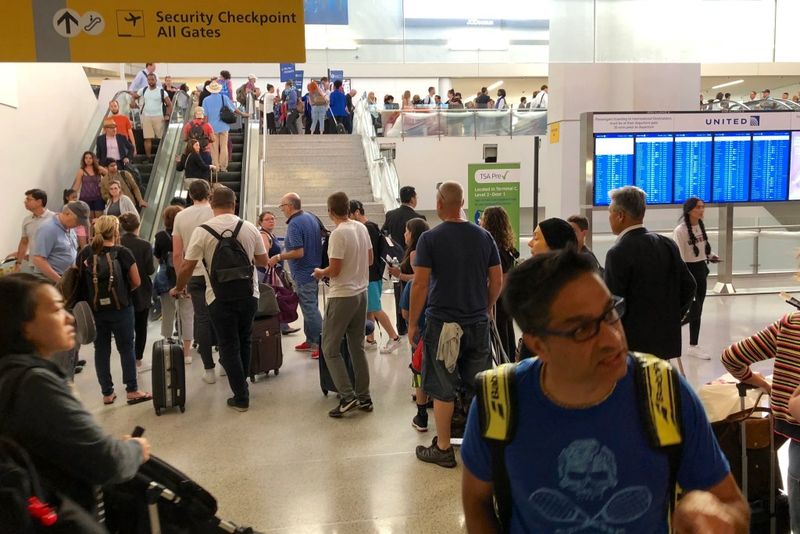
Getting through Newark feels like running an obstacle course designed by someone who hates travelers. The airport’s confusing layout makes finding your gate feel like solving a puzzle without all the pieces.
Immigration lines stretch for what seems like miles, especially during peak travel times. The aging infrastructure shows its wear with flickering lights, broken escalators, and air conditioning that works when it feels like it.
Food options are limited and overpriced, while finding a comfortable place to sit near your gate becomes a competitive sport. Many travelers report feeling trapped in a time warp from the 1980s.
3. Los Angeles International Airport (LAX) – California
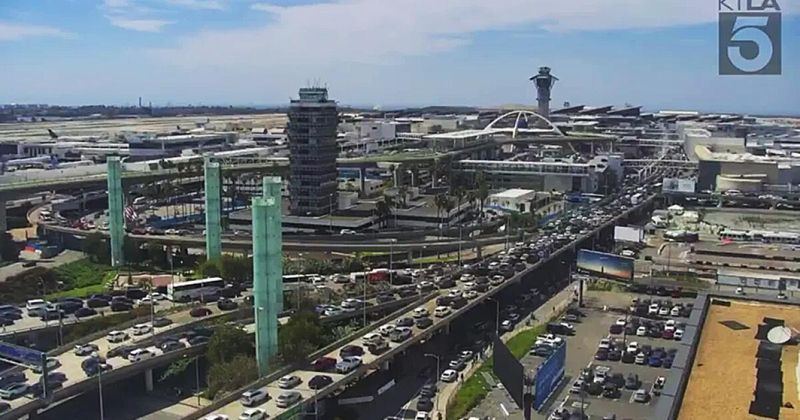
LAX proves that bigger isn’t always better when it comes to airports. This sprawling complex feels more like a small city that forgot how to organize itself properly.
Traffic around the airport moves at a snail’s pace, turning what should be a quick drop-off into an hour-long ordeal. The terminals are spread so far apart that connecting flights become marathon sprints.
Construction projects that seem to never end create additional chaos and confusion. Finding parking costs more than some plane tickets, and the shuttle system operates on its own mysterious schedule that rarely matches yours.
4. Chicago O’Hare International Airport (ORD) – Illinois
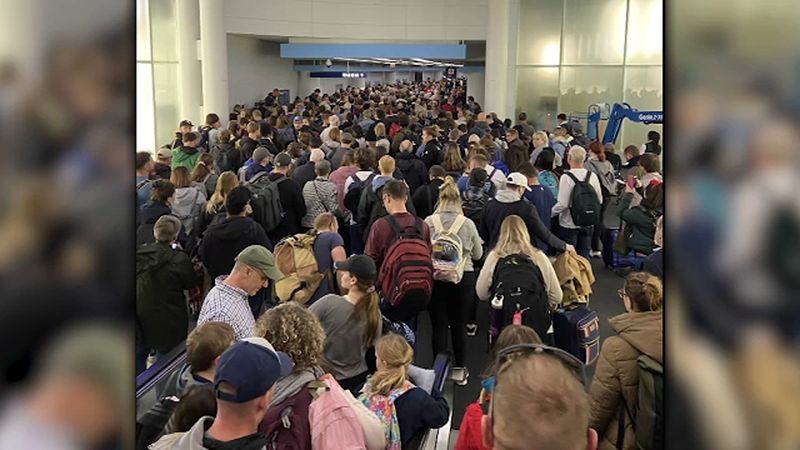
O’Hare earned its reputation as a place where travel dreams go to die. Despite being one of the busiest airports in the world, it often feels like it’s held together with duct tape and hope.
Security lines can take over two hours during busy periods, making early arrival times feel like suggestions rather than requirements. The aging terminals feature maze-like layouts that confuse even frequent flyers.
Weather delays are common, but the airport’s communication about these delays leaves much to be desired. Passengers often learn about gate changes from overhead announcements that sound like they’re coming from underwater speakers.
5. John F. Kennedy International Airport (JFK) – New York
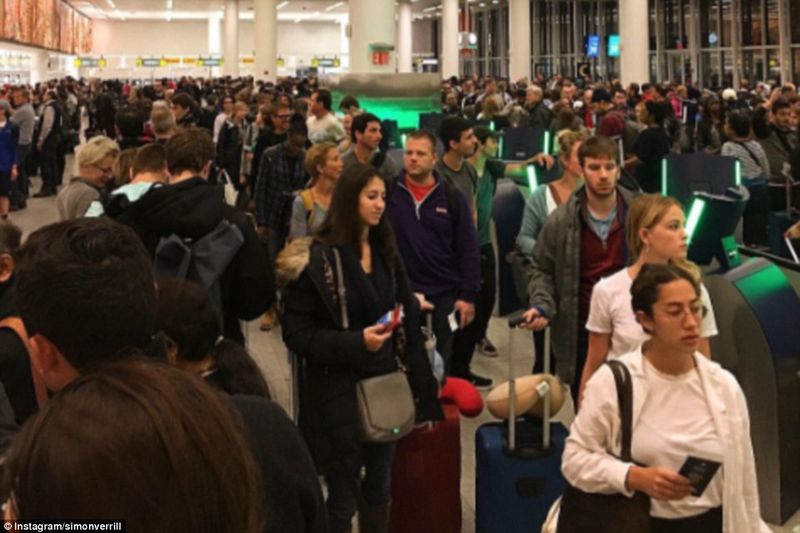
JFK serves as America’s international gateway, but it greets visitors like an unwelcoming doorman. The airport’s reputation for chaos precedes it, and unfortunately, it rarely disappoints in the worst ways.
International arrivals face immigration lines that can stretch for hours, especially during summer travel seasons. The taxi and ride-share pickup areas turn into free-for-all situations where organization goes to die.
Many terminals feel outdated and cramped, with limited comfortable seating and overpriced dining options. Ground transportation coordination resembles a complex puzzle that even locals struggle to solve, leaving visitors confused and frustrated before they’ve even left the airport.
6. Miami International Airport (MIA) – Florida
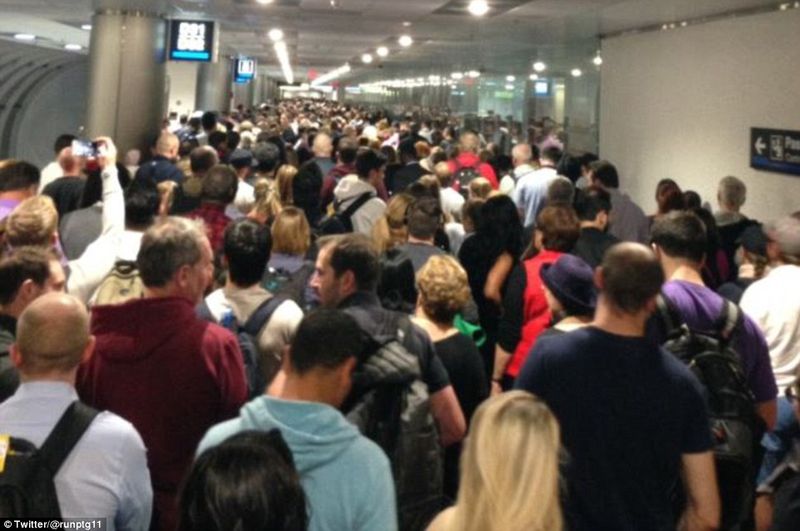
Miami International tries to handle massive international traffic but often feels like it’s drowning in its own ambitions. The airport’s layout seems designed by someone who enjoyed creating mazes for entertainment.
Customs and immigration processing moves at glacial speeds, particularly during peak Latin American travel times. Language barriers between staff and passengers create additional confusion and delays throughout the facility.
The air conditioning system struggles to keep up with Florida’s heat and humidity, leaving travelers feeling sticky and uncomfortable. Finding ground transportation becomes an adventure in itself, with confusing pickup zones and limited clear signage directing passengers to their rides.
7. Philadelphia International Airport (PHL) – Pennsylvania
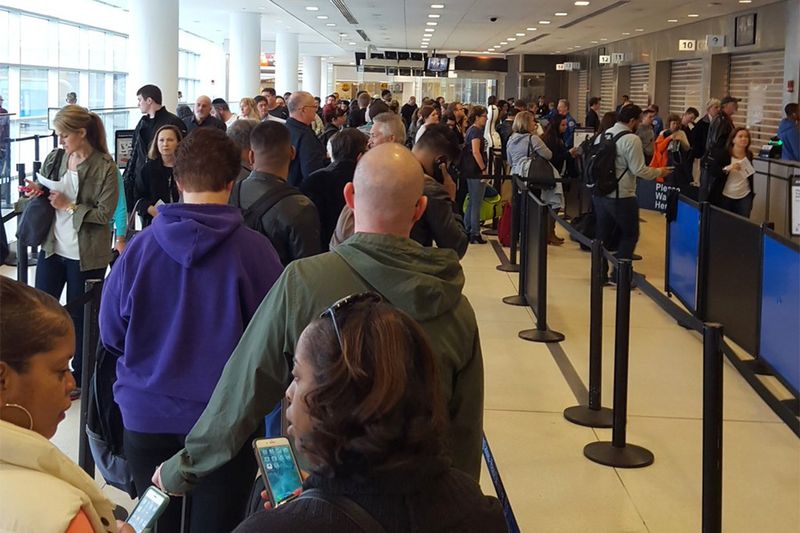
Philadelphia International manages to make simple travel feel complicated through a combination of poor planning and execution. The airport’s terminals feel disconnected from each other, creating confusion for connecting passengers.
TSA security lines move unpredictably, sometimes flowing smoothly and other times creating bottlenecks that back up into baggage claim areas. Construction projects seem to pop up randomly, blocking familiar pathways and creating detours.
Gate areas often lack sufficient seating, forcing passengers to sit on floors or stand for extended periods. The food court options are limited and expensive, while vending machines frequently run out of basic items like water and snacks during busy travel days.
8. Boston Logan International Airport (BOS) – Massachusetts
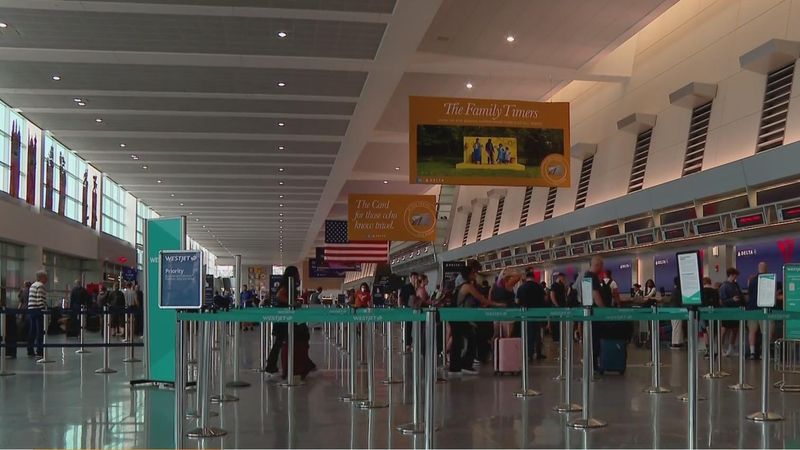
Logan Airport feels like it was designed for a much smaller city than Boston has become. The cramped terminals struggle to accommodate modern travel volumes, creating uncomfortable conditions for passengers.
Weather delays are frequent, but the airport’s communication system seems to operate in its own time zone. Passengers often wait hours for updates about their flights while gate agents provide conflicting information.
The baggage claim areas are particularly problematic, with carousels that break down regularly and limited space for waiting passengers. Ground transportation pickup zones create traffic nightmares, especially during peak travel times when everyone seems to arrive simultaneously.
9. Fort Lauderdale-Hollywood International Airport (FLL) – Florida
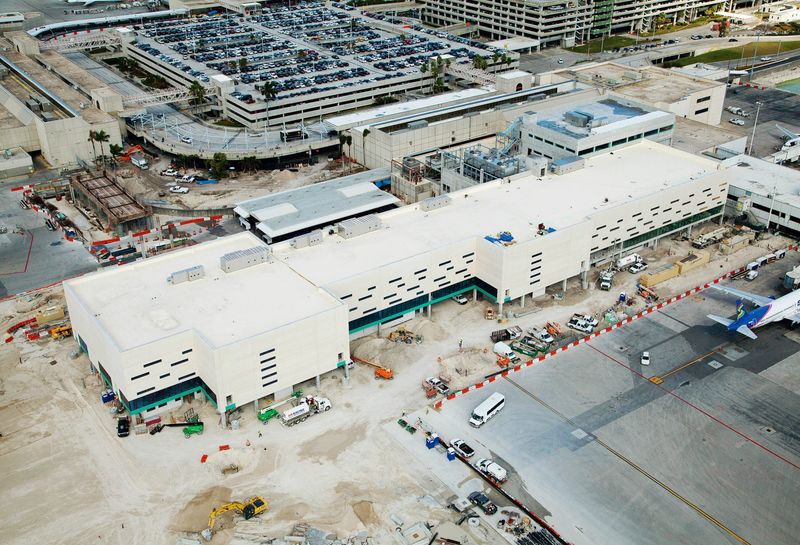
Fort Lauderdale tries to serve as South Florida’s alternative to Miami but often creates more problems than it solves. The airport’s rapid growth has outpaced its infrastructure improvements, resulting in overcrowded conditions.
Rental car pickup involves long walks through confusing pathways and extended wait times at shuttle stops. The terminals feel cramped during peak vacation seasons when families arrive with oversized luggage and beach equipment.
Construction projects seem to be constantly underway, creating noise, dust, and blocked pathways throughout the facility. Security checkpoint wait times vary wildly, making it difficult to predict how early to arrive for flights, especially during spring break and holiday periods.
10. Washington Dulles International Airport (IAD) – Virginia
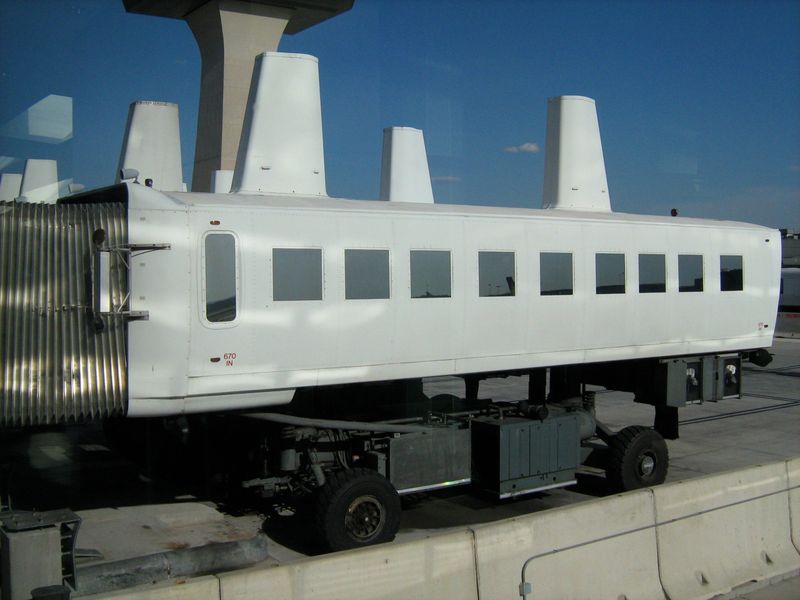
Dulles International’s unique design with mobile lounges seemed futuristic in the 1960s but now feels like a transportation relic. These bus-like vehicles create bottlenecks and delays that modern travelers find frustrating.
The main terminal stretches endlessly, requiring significant walking distances that challenge passengers with mobility issues or heavy luggage. International processing areas can become overwhelmed during peak arrival times.
Ground transportation coordination is particularly problematic, with confusing pickup zones and limited public transit options. The airport’s location far from downtown Washington DC adds travel time and expense for most visitors, making it an inconvenient choice despite its international flight options.
11. Detroit Metropolitan Wayne County Airport (DTW) – Michigan
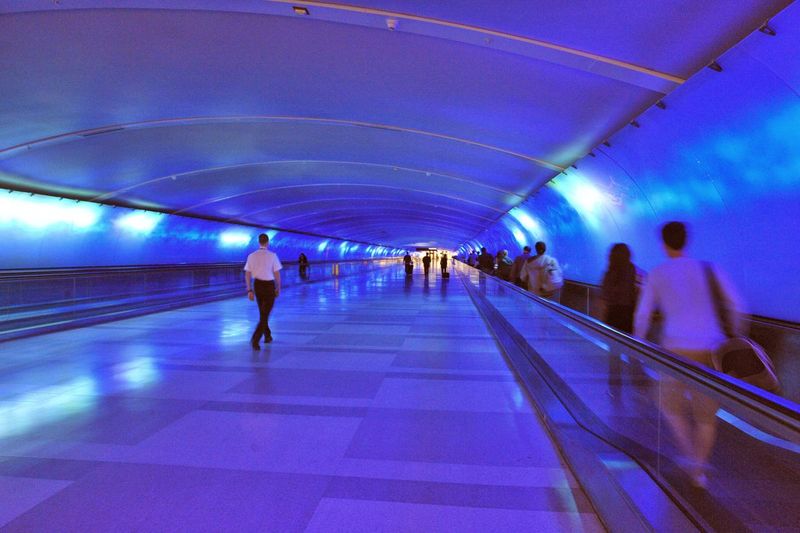
Detroit Metro’s massive size works against passenger convenience, creating exhausting terminal walks that feel like cross-country hikes. The airport’s design prioritizes airline operations over passenger comfort and efficiency.
Connecting flights often require terminal changes that involve lengthy walks or unreliable shuttle rides. The automated walkway systems frequently break down, leaving passengers to trudge long distances with heavy luggage.
Food and shopping options are limited despite the airport’s size, with many concessions closing early or operating on reduced schedules. The climate control system struggles with Michigan’s extreme weather changes, creating uncomfortable temperature variations throughout different terminal areas.
12. Orlando International Airport (MCO) – Florida

Orlando International handles theme park crowds but often feels like it’s operating its own version of a not-so-magical kingdom. The airport’s popularity creates overcrowding issues that rival the attractions visitors came to see.
Tram rides between terminals can take forever, especially when families with strollers, wheelchairs, and souvenir-filled luggage pack the cars. Security lines move slowly as TSA agents deal with confused tourists carrying prohibited theme park items.
The rental car facility requires additional shuttle rides and long waits, adding stress to vacation endings. During peak seasons, finding seating near gates becomes competitive, with families camping out hours before their flights while children run around the crowded terminal areas.
13. Phoenix Sky Harbor International Airport (PHX) – Arizona
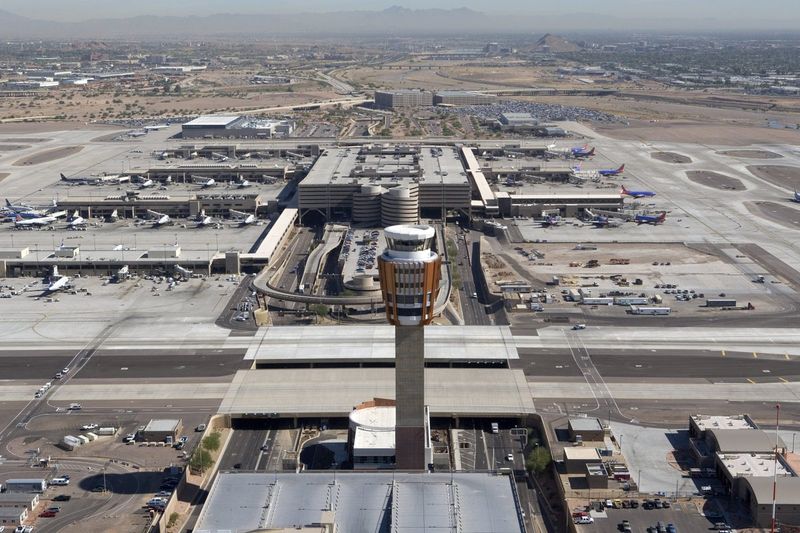
Phoenix Sky Harbor bakes passengers in Arizona heat while providing limited relief inside its aging terminals. The airport’s design doesn’t account for the extreme temperatures that make outdoor waiting areas unbearable.
Terminal layouts create confusion for connecting passengers, with long walks between gates and unclear signage. The baggage claim areas become particularly crowded during winter months when snowbirds flock to Arizona.
Air conditioning systems struggle to maintain comfortable temperatures, especially near large windows that amplify the desert sun’s intensity. Ground transportation pickup areas offer little shade protection, forcing passengers to endure triple-digit temperatures while waiting for rides during summer months.
14. Baltimore-Washington International Airport (BWI) – Maryland

BWI tries to serve the Baltimore-Washington corridor but often feels like it’s stuck in the middle without satisfying anyone completely. The airport’s location creates transportation challenges for travelers heading to either city.
Parking shuttle services run infrequently, leaving passengers waiting in weather-exposed areas with heavy luggage. The terminal design creates bottlenecks during peak travel times, particularly around Southwest Airlines’ dominant presence.
Food options are limited and close early, leaving late-night travelers with few choices. The airport’s rental car facility requires additional shuttle rides, and the pickup areas can become chaotic during busy periods when multiple flights arrive simultaneously.
15. Seattle-Tacoma International Airport (SEA) – Washington
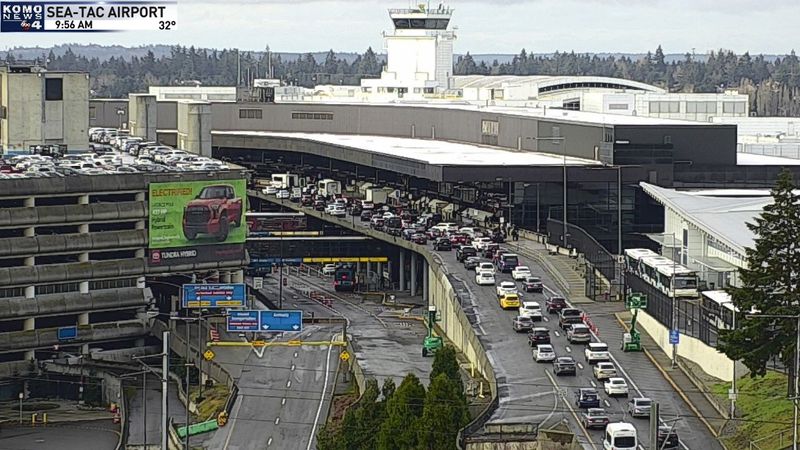
Seattle-Tacoma International struggles with Pacific Northwest weather and construction projects that seem to multiply like the region’s coffee shops. Rain creates additional challenges for outdoor ground transportation areas.
Construction zones pop up throughout the airport, creating detours and confusion for passengers trying to navigate between terminals. The international arrivals area becomes particularly crowded during peak Asia-Pacific flight times.
Baggage claim carousels frequently experience delays, leaving passengers waiting extended periods for their luggage. The airport’s layout creates long walks for connecting flights, and the moving walkways often break down during busy periods, forcing tired travelers to cover significant distances on foot.
16. San Francisco International Airport (SFO) – California
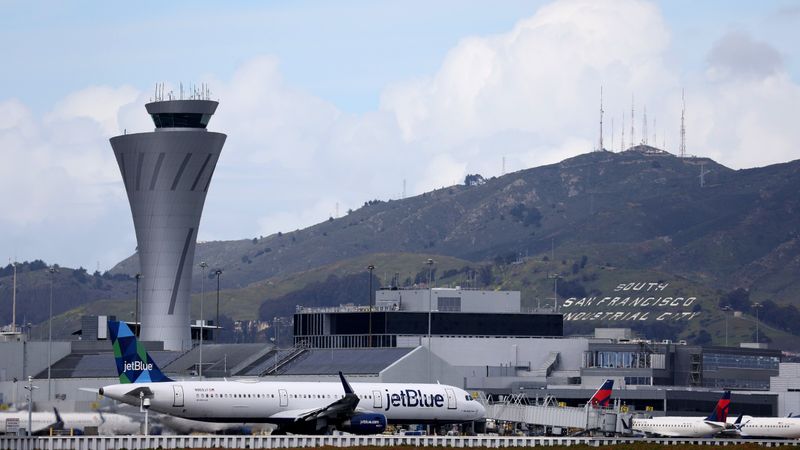
San Francisco International battles frequent fog delays that create cascading problems throughout its operations. The airport’s location makes it particularly susceptible to weather-related disruptions that strand passengers for hours.
International terminal areas become overwhelmed during peak travel times, with immigration lines that can stretch for several hours. The airport’s premium pricing for food and services shocks even Bay Area residents accustomed to high costs.
Ground transportation coordination is complicated by the region’s traffic patterns and limited public transit connections. Parking costs rival some mortgage payments, while ride-share pickup areas create additional confusion with constantly changing pickup zones and lengthy wait times during busy periods.
17. Denver International Airport (DEN) – Colorado
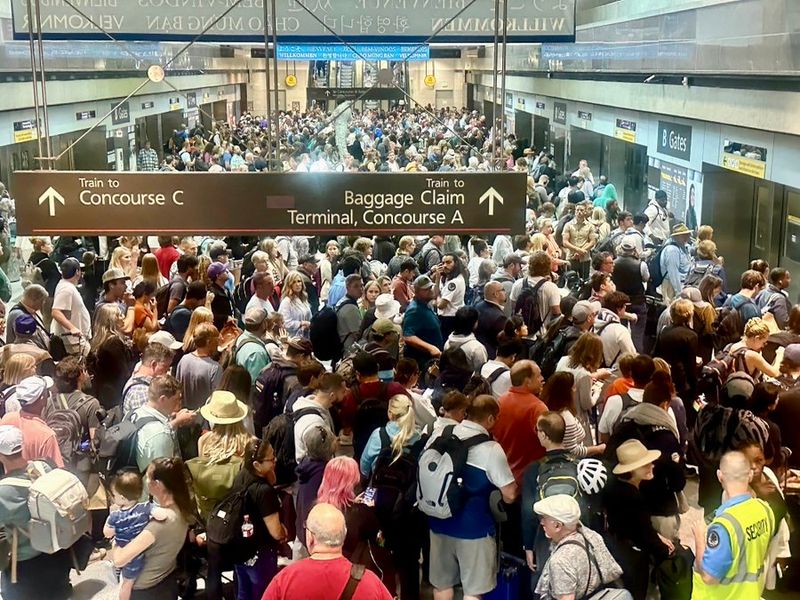
Denver International’s enormous size creates logistical nightmares that make simple connections feel like epic journeys. The airport’s sprawling layout requires significant time and energy to navigate, even for experienced travelers.
The underground train system frequently experiences delays and overcrowding, leaving passengers stranded between terminals. High altitude effects can impact some travelers, while the airport’s limited dining options during off-peak hours leave hungry passengers with few choices.
Weather delays are common due to Colorado’s unpredictable mountain weather patterns. The airport’s remote location from downtown Denver adds travel time and expense, while the parking facilities require shuttle rides that can take longer than some connecting flights.
